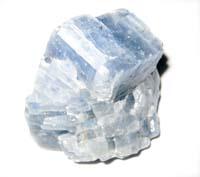Macroscopic objects "invisible"

Two independent research groups have managed to invisible visible objects with transparent calcite crystals on top. One of them, the SMART center of Singapore, has made the calcite invisible a piece of steel almost four centimeters underwater. The other, Imperial College London, on the other hand, has managed to invisibilize in the air objects of a few centimeters of height. The latter group is led by physicist John Pendry, who in 2006 first proposed layers of invisibility.
It is called the layer of invisibility to those materials that, supported on a certain object, divert the light as if it was not said object. And that is the secret of invisibilizing objects: diverting light. Thus, the layers of invisibility divert the light that enters and leaves, and it seems that the light has bounced off the surface beneath an object rather than on it.
Although the first layers of invisibility were proposed in 2006, only microscopic scale objects became invisible and only invisible at microwave wavelengths. The layers of invisibility themselves were also very expensive, since they were made up of complex silica microstructures.
The calcite they have used now is a crystal that occurs naturally. One of its differential characteristics is that it diverts the polarized light that crosses the crystal according to its orientation. In this way, the "carpet of invisibility" has been formed with two attached calcite crystals that will divert the incoming and outgoing light to the maximum, and under it the aforementioned objects have been introduced.





